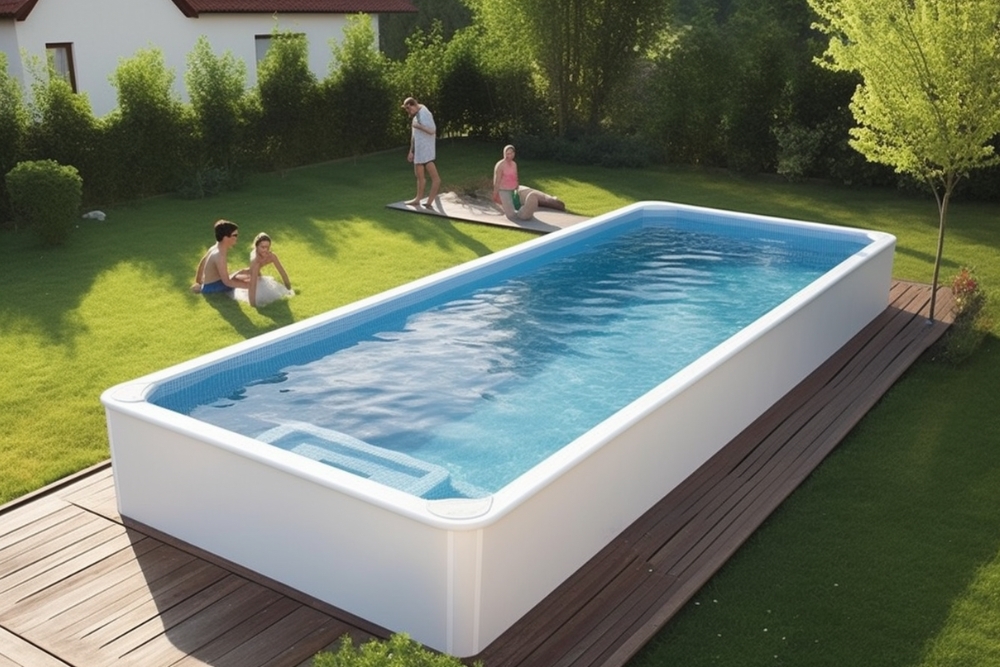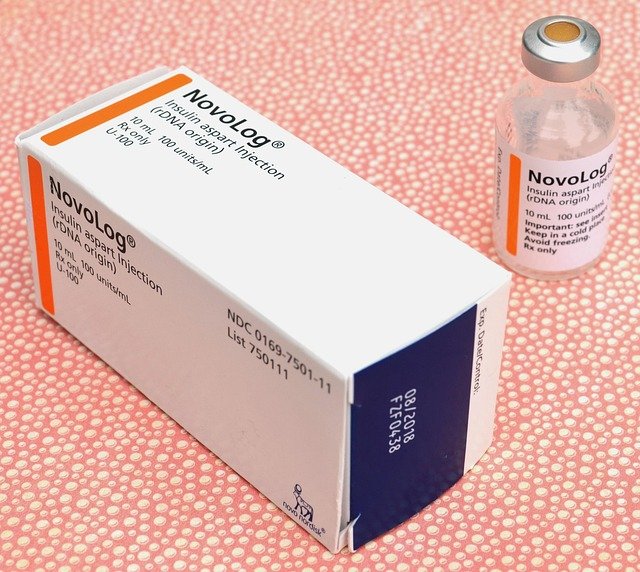Understanding Pool Shells: Materials, Shapes, and Setup Basics
Choosing the right pool shell is one of the most important steps in building a lasting, functional pool. From fiberglass to concrete and vinyl, each material offers unique advantages depending on your needs. This guide walks you through the core options, common pool shapes, and setup basics to help you start your project with clarity and confidence.

Comparing Fiberglass, Vinyl, and Concrete Pool Shells
Fiberglass pools arrive as pre-manufactured shells that are lowered into an excavated hole. Their non-porous surface resists algae growth and requires minimal chemicals, while the flexible material adapts well to ground movement. Installation takes just 3-4 weeks, significantly faster than other options. However, fiberglass pools come in limited sizes and designs, and the initial cost is typically higher than vinyl liners.
Vinyl-lined pools feature a custom-excavated hole with metal or polymer walls and a vinyl liner covering the floor and walls. These pools offer the lowest initial investment and provide a smooth, non-abrasive surface. The downside is that vinyl liners require replacement every 7-10 years and are more susceptible to damage from sharp objects and pets.
Concrete (gunite or shotcrete) pools represent the most durable and customizable option. These pools are built by spraying concrete over a rebar framework, allowing complete design freedom in terms of size, shape, and features. While they last decades with proper maintenance, concrete pools require more chemicals, take 3-6 months to install, and typically cost the most both upfront and over their lifetime due to resurfacing needs every 10-15 years.
Trending Pool Shapes for Modern Backyards
Rectangular pools remain the most popular choice, particularly for lap swimming and formal garden designs. Their straight lines complement modern architecture and maximize usable swimming space. For smaller yards, compact rectangular designs with strategically placed entry steps help optimize limited space.
Free-form pools with curved edges create a naturalistic appearance that blends with landscaping. These organic shapes work well on irregular lots and can be designed to mimic natural bodies of water, with beach entries and rock features enhancing the natural aesthetic.
Geometric pools featuring clean lines and symmetrical patterns are gaining popularity in contemporary settings. L-shapes provide distinct areas for different activities, while Grecian and Roman designs with their classic curves add architectural interest. For urban environments with limited space, plunge pools and cocktail pools (typically under 400 square feet) offer cooling and entertainment options without dominating the yard.
Step-by-Step Guide to Setting Up a Pool Shell
The process begins with thorough site planning and obtaining necessary permits. Factors like sun exposure, underground utilities, and local building codes must be considered before breaking ground. Professional surveyors can identify potential drainage issues and soil conditions that might affect construction.
Excavation represents the first major construction phase. Heavy machinery removes soil to the appropriate depth and shape, with excavated material either hauled away or repurposed for landscaping. The hole is precisely graded and compacted to create a stable foundation.
For concrete pools, installation continues with plumbing rough-in, followed by steel rebar framework installation that provides structural strength. Shotcrete or gunite is then sprayed over this framework and hand-troweled to create the shell. After curing, the surface is finished with plaster, aggregate, or tile.
Fiberglass installation involves placing the pre-formed shell on a sand or gravel bed, carefully leveling it, and backfilling around the sides while simultaneously filling with water to prevent shifting. Vinyl liner pools require wall panel assembly, vermiculite or sand bottom installation, and custom liner fitting once the structure is complete.
Final steps include deck construction, equipment installation, and water chemistry balancing before the pool is ready for swimming.
How to Choose the Right Pool Shell Based on Climate and Usage
In freeze-thaw climates, fiberglass and concrete shells generally perform better than vinyl, which can become brittle in extreme cold. Concrete particularly excels in regions with significant ground movement due to its structural integrity, while fiberglass offers flexibility that helps prevent cracking in areas with shifting soils.
For heavy usage pools serving active families or those planning frequent entertaining, concrete provides unmatched durability. However, its rougher surface may not be ideal for young children or those with sensitive skin. Fiberglass offers a happy medium with its smooth, durable surface, while vinyl provides the gentlest surface for swimmers but requires more careful use.
Budget considerations extend beyond initial installation to lifetime costs. While vinyl liners offer the lowest upfront investment ($25,000-$45,000), replacement liners add to long-term expenses. Fiberglass falls in the middle range ($45,000-$85,000) with minimal maintenance costs, while concrete pools ($50,000-$100,000+) require more ongoing maintenance but offer the longest potential lifespan.
Eco-Friendly and Energy-Efficient Pool Shell Innovations
Modern pool construction increasingly incorporates sustainable practices and materials. Recycled glass finishes for concrete pools provide stunning aesthetics while repurposing waste materials. Some manufacturers now offer fiberglass shells made with partially recycled components, reducing the environmental footprint of production.
Energy efficiency begins with the shell design itself. Darker interior finishes absorb solar heat, potentially reducing heating costs by 20-30% compared to lighter colors. Strategic placement of steps and benches can also improve circulation, reducing pump energy requirements.
Insulated pool shells are gaining traction in colder climates. Thermal blocks installed behind vinyl liners or specialized insulation incorporated into fiberglass manufacturing help retain heat, significantly reducing energy consumption and extending the swimming season without proportional cost increases.
Comparative Analysis of Pool Shell Materials
When evaluating pool shell options, considering both upfront and long-term costs alongside performance characteristics is essential.
| Pool Shell Type | Initial Cost Range | Lifespan | Annual Maintenance | Installation Time | Customization Level |
|---|---|---|---|---|---|
| Fiberglass | $45,000-$85,000 | 25+ years | $375-$1,250 | 3-4 weeks | Limited (pre-formed) |
| Vinyl Liner | $25,000-$45,000 | 5-9 years (liner) | $375-$1,500 | 4-8 weeks | Moderate |
| Concrete | $50,000-$100,000+ | 50+ years | $700-$3,000 | 3-6 months | Unlimited |
Prices, rates, or cost estimates mentioned in this article are based on the latest available information but may change over time. Independent research is advised before making financial decisions.
The choice of pool shell material ultimately depends on your specific circumstances and priorities. Fiberglass offers a balance of durability and lower lifetime maintenance, while vinyl provides affordability and comfort. Concrete, despite higher costs and maintenance requirements, remains the gold standard for customization and longevity. By carefully weighing these factors against your site conditions, usage needs, and budget constraints, you can select a pool shell that will provide decades of enjoyment.



